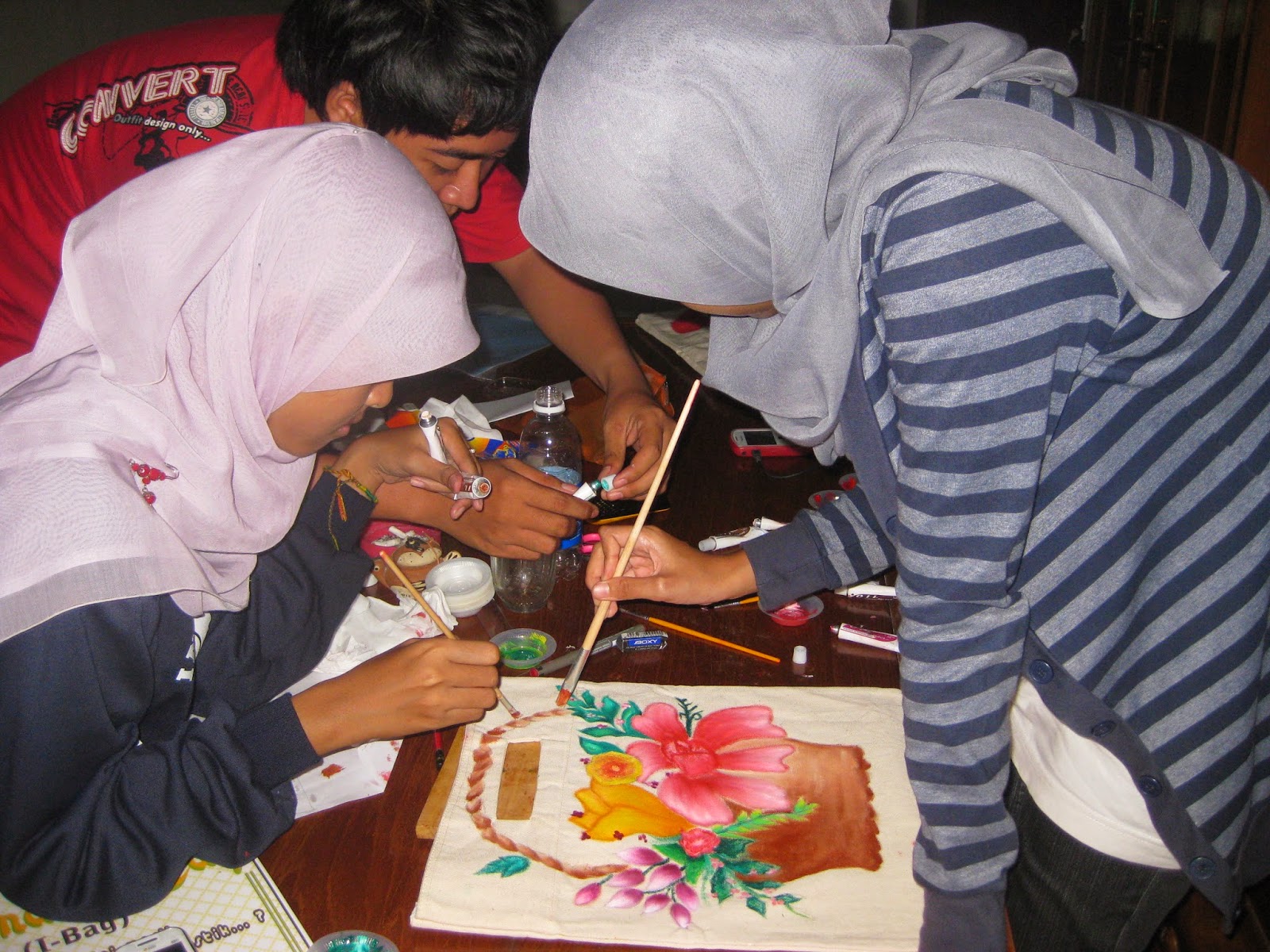I took my bachelor in ITS Surabaya with environmental engineering as the subject. On my last year, I did a research planning as the final project for getting bachelor's degree. There are many fields of concentration that we could take, such as solid waste management, drinking water, wastewater, air pollution, and environmental modelling and management. The final project is divide into 3 categories, they are research, planning, and literature study. I have chosen a planning as my final project. My planning is about solid waste management in a tourism area. In this planning, I also did some research about the existing condition, solid waste generation and composition, and people's demand. I spent about 4 months to finish this project.
 |
| Figure 1. View of Eks Pelabuhan Buleleng |
|
|
|
|
|
|
My final project took place in Eks Pelabuhan Buleleng, Buleleng Regency, Bali Island. The location is in the north of Bali Island. Eks Pelabuhan Buleleng is one of colonial heritage in North Bali. Before becoming Eks Pelabuhan Buleleng, it was the main port of Bali called Buleleng Port. In 1846, the East Indies Government authorized Singaraja as the capital city of Bali. Along the time, in 1970 this port was stopped to operate. The hub was moved to south area of Bali Island, and now we called it Tanjung Benoa. The condition of Buleleng Port was not managed well. Then, on 2005, the local government made this port become a heritage called Eks Pelabuhan Buleleng (EPB).
As a tourism heritage, EPB has many facilities in order to support the tourists activities. One of problem that caused by those facilities and tourism activities is increasing the generation of trash (solid waste). Based on my observation, there was so many trash in every parts of this area, espesially in the coastal/beach area. There was no visitor who come to this area, because there was so dirty. The cleanliness facilities it wasn't enough and adequate. Based on that case, I did my research on this object. I thought that tourism area must be supported by a good management in environment. So, it can be sustainable and nature can be kept well. The following is an abstraction of my final project entitled "Design of Solid Waste Management Facilities in Eks Pelabuhan Buleleng Beach Resort in Buleleng Regency".
The average
number of tourists in Eks Pelabuhan Buleleng beach resort from January to March 2014 was 288, 15% of those were foreigners. A number
of supporting facilities, such as canteens, floating restaurants, a tourist hall
and a playing ground have
been built. These facilities generate solid waste (SW), which have not been
managed properly. In addition, this recreation facility receives SW from the
Buleleng River and the sea. The objectives
of this study are to measure the SW generation and composition, to design SW management
system, and to
determine the capital, operation and maintenance costs of SW management activities in the study area.
Measurements of SW
generation and composition were
done according to the
national standards SNI 19-3964-1994. The
SW samples
from the
beach and the
river were
collected using transect method. Design of solid
waste
management system, which included SW container provision,
collection, transfer and
treatment, was made according to the National Standards SNI 19-2454-2002, Municipal
Solid Waste Management Guideline Book 1 of 2013 of the Directorate General of
Cipta Karya. Artistic touch was considered in the design for supporting the tourism
activities.
Results of the research showed that the SW generation rate
in the study area was 170.8 kg/day,
or 1.033 m3/day.
Contribution of each SW source was as the following: commercial 32.3%, garden 27.3%,
office 0.88%, sea 27.13%, and Buleleng River 8.45%. The SW composition was food
waste 14.4%, garden waste 19.7%, plastics
29.8%, paper
8.04%, wood 4.61%, textile 2.21%, metals 0.36%, leather 19.21%.
The study area was
designed to provide separated SW containers. The floating restaurant was facilitated with 4 containers
of 70 L capacity for
biodegradable SW, and 4
containers of 15
L
capacity for recyclable SW. Each canteen was provided with 2x2 trash bags of 20 L capacity, each of which was for biodegradable and recyclable SW.
Containers for office and public facilities were of 4 x 2 units of 30 L capacity for biodegradable and
recyclable SW. The park area was facilitated 7 x 2 containers of 60 L
capacity.
SW from the sea would be contained in 5 x 2 containers of 250 L capacity, whereas 2 x 2 containers of 250 L capacity
would be provided for placing the river SW. A handcart of 1120 capacity was designed for separated SW
collection. One transfer station was
planned with the
provision of 3 containers with capacity 660 L for residual
waste and 1 container with capacity 900L
for recyclable waste,
2 units of
2,7 m3
composting
facilities, and
1 unit of
shredding machine.
A screen would
be installed for collecting the SW from the Buleleng
river. Estimated
costs for the provision of SW management facilities in the study area were as
the following: investment Rp 42,590,280,-, operation Rp 10,872,000,-/month, and maintenance Rp 4,150,000,-/year.

 |
| Figure 2. Sampling and research activity |
This research is just a little contribution of my subject for the sustainability of environment. Fortunately, this research has been successfully accepted on International Student Conference on Environment and Sustainability (ISCES) 2014 which is held by UNEP and Tongji University in Shanghai, China. In this event, all the students who participate in this forum have brough their ideas for better environment.
 |
| Figure 3. Some photoshoots on ISCES 2014 |
For
who interested to read the report of my final project, you can download by clicking this link below:































